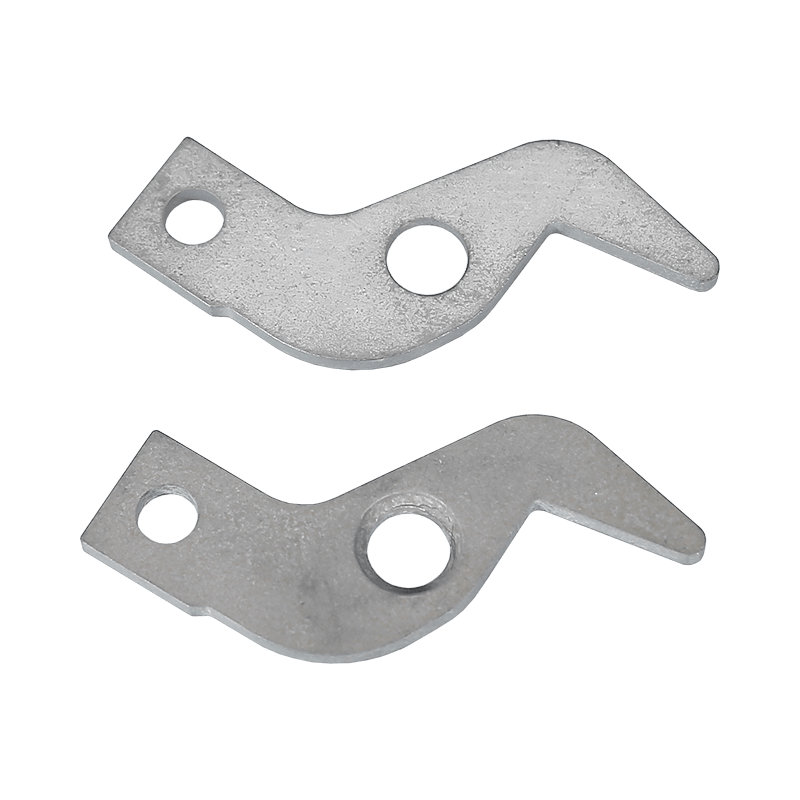2025-11-07
Modern machining operations demand tools that can endure constant stress, high cutting temperatures, and prolonged use without losing effectiveness. Products like Carbide Brazed Tips and Carbide Tips have emerged as dependable components in such demanding environments. Their exceptional hardness, wear resistance, and thermal stability make them indispensable for heavy machining applications involving metals such as cast iron, alloy steel, and stainless steel. Understanding what gives these tips their strength and efficiency can help users select the right tools for different machining conditions.

Carbide Brazed Tips are composite tools made by brazing a piece of tungsten carbide onto a steel shank or holder. The tungsten carbide portion provides hardness and wear resistance, while the steel body adds toughness and impact strength. This combination results in a cutting tool capable of handling both roughing and finishing operations under challenging conditions. The brazing process uses a high-temperature filler metal to bond the carbide tip securely to the tool body, creating a strong joint that withstands cutting vibrations and thermal expansion during machining.
Carbide Tips themselves are formed from tungsten carbide powder mixed with a binder, typically cobalt, and then sintered under high heat and pressure. The resulting material exhibits remarkable hardness and toughness, making it suitable for cutting, drilling, and milling applications. When brazed to a steel substrate, these tips become adaptable components for lathes, milling cutters, and other industrial tools.
In heavy-duty machining, tools must endure large cutting forces, abrasive contact with hard materials, and substantial heat generation. Carbide Brazed Tips are specifically engineered to meet these challenges. Their hardness enables them to retain sharp cutting edges even when subjected to high loads, ensuring consistent performance over extended use.
Another key factor contributing to their suitability is their ability to maintain dimensional accuracy. In processes such as turning and facing, maintaining precision is vital to achieve the desired surface finish. The rigidity and wear resistance of Carbide Tips reduce tool deflection, ensuring smoother cuts and stable results. This is particularly valuable in industries like automotive and heavy machinery, where component tolerances are strict, and surface uniformity affects overall assembly quality.
High-speed and heavy-load machining often produce intense friction and heat at the cutting interface. If a tool cannot dissipate this heat effectively, it risks thermal deformation or rapid wear. Carbide Brazed Tips excel in this regard due to the inherent thermal properties of tungsten carbide. It resists softening at elevated temperatures, allowing for higher cutting speeds without compromising tool life. The steel body beneath the carbide aids in absorbing and distributing heat, maintaining structural stability during continuous operation.
This combination of heat resistance and structural balance enables operators to work efficiently with challenging materials like hardened steel or cast iron. As a result, production lines can achieve higher throughput with fewer interruptions for tool changes or cooling adjustments.
One of the significant benefits of using Carbide Tips is their wear resistance. The fine grain structure of tungsten carbide and the cobalt binder phase create a dense, tough material that resists abrasion and edge chipping. This property is crucial in heavy machining environments, where cutting edges constantly encounter hard surfaces and abrasive particles. Prolonged tool life means less downtime, reduced maintenance costs, and greater overall productivity.
Carbide Brazed Tips also perform well in interrupted cutting operations, such as milling or turning of irregular workpieces, where impact forces can be uneven. The secure brazed joint prevents tip dislodgement, ensuring continuous and safe machining. Over time, even as minor wear occurs, these tips maintain sufficient hardness to produce acceptable finishes, extending their practical service life.
Carbide Brazed Tips are compatible with a wide range of materials, from cast iron and carbon steel to non-ferrous alloys. Their ability to handle both rough and fine machining tasks makes them versatile choices in production settings where tool changes can delay workflow. Depending on the carbide grade and cutting geometry, operators can tailor their tools for different materials and machining conditions. For example, finer-grain carbides offer superior finishing performance, while coarser-grain types provide added toughness for roughing cuts.